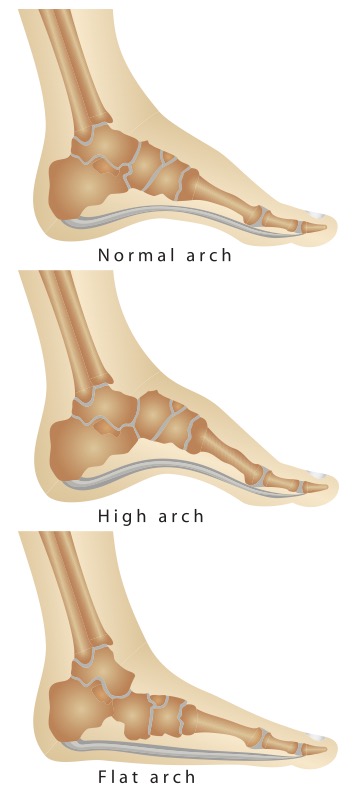High arches
This article does not constitute as medical advice.
If you are experiencing symptoms, contact your doctor or make an appointment.
This article does not constitute as medical advice.
If you are experiencing symptoms, contact your doctor or make an appointment.
The arch of the foot runs from the toes to the heel. High arches (Pes cavus) or a high instep causes pain because of intense pressure on the toes and heel while doing regular, daily activities. You can look to see if you have Pes cavus by examining your footprint. In addition, because of the way feet roll inward, people with this condition are more prone to ankle sprains, knee pain, and plantar fasciitis. Therefore, patients should stick to low-impact exercises to avoid injury. High arches are less common than low arches.
Many people are born with this condition as it is generic. However, they can be developed over time. Here are common causes of high arches:
Besides examining the foot to see if the arch between the heel and toe are higher than usual, patients should check for other symptoms such as:
